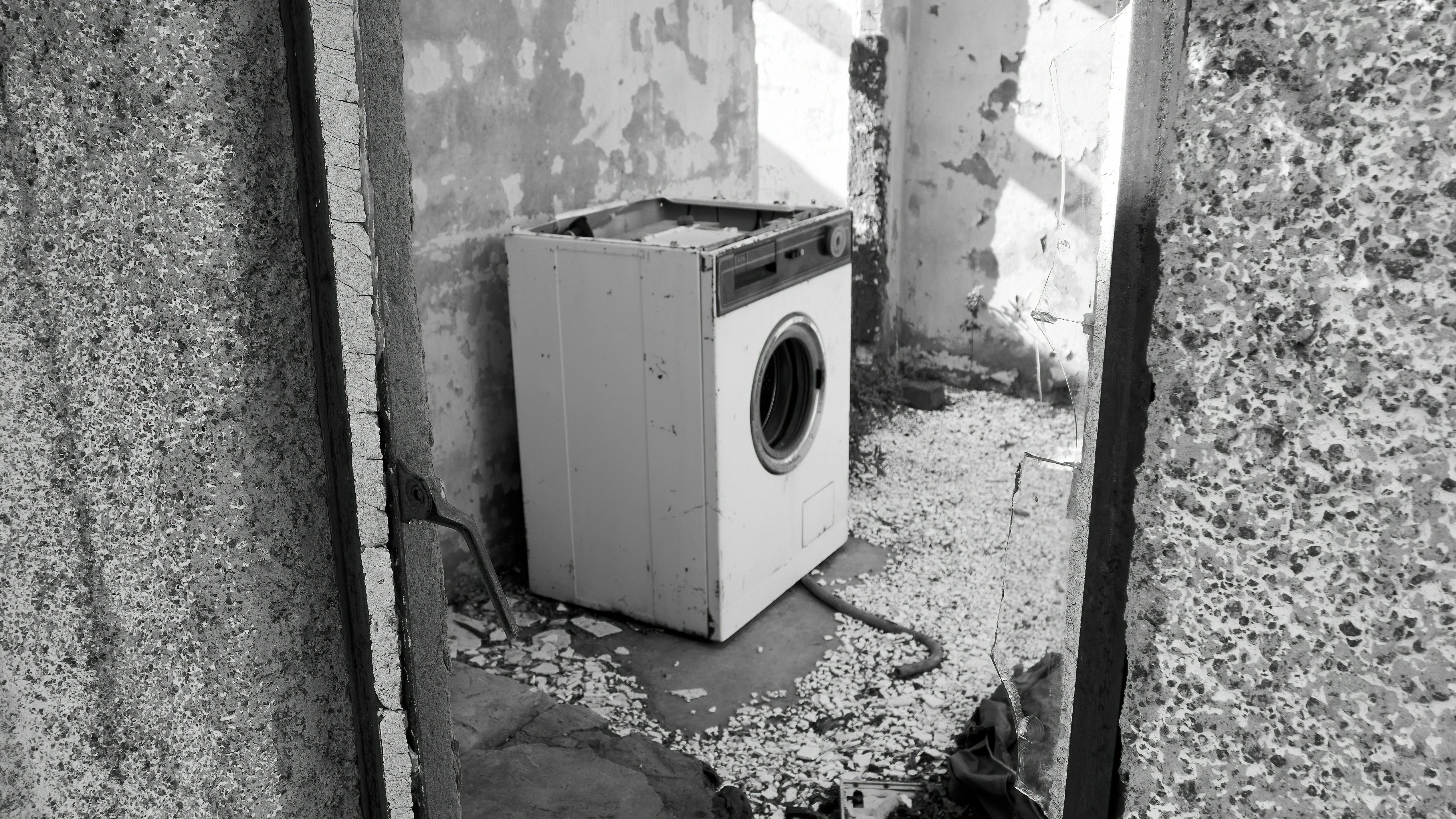Disposing of Hazardous Waste
A brief guide for schools
If you think that a school would never need to dispose of hazardous waste, then think again. Items that may seem harmless, for example batteries or printer toner, can be classified as hazardous and need to be disposed of in the right way. Add to this any chemicals used by your science department and even bodily fluids produced by children who have become unwell, must be handled with care.

What are the WEEE guidelines?
Electrical and electronic equipment (EEE) is regulated to reduce the amount of waste electrical and electronic equipment (WEEE) that is incinerated or sent to landfill sites. These regulations became law in the UK on 1 January 2014. The purpose of the directive was to set targets for the collection, recovery and recycling of waste electrical and electronic equipment across Europe and divert volumes of waste electrical equipment from landfills. The legislation encourages the producers to be responsible for their items when they become waste.
Many items can be recycled, including;
- Televisions / monitors;
- IT equipment;
- Printers;
- Photocopiers;
- Fridges / freezers;
- Air-con units;
- Fluorescent tubes & bulbs;
- Batteries;
- Laboratory & medical equipment;
- Commercial & industrial equipment;
- Engineering equipment;
- Power tools;
- Plotters & commercial printers;
- Lighting equipment;
- Movie & broadcasting equipment;
- Audio equipment;
- Alarm systems & CCTV;
- Industrial & domestic vacuum cleaners;
- Solar equipment;
- Smoke detectors;
- Electronic Components;
- Cables;
and many other items.

“All companies in the UK are required by law to make sure that hazardous waste materials are disposed of in accordance with their duty of care responsibilities in a manner that poses no harm to humans or the environment. Many companies are increasingly concerned about their corporate social responsibility profiles and wish to be proactive on compliance in this regard.” - PRIORITY WEEE
Waste carriers
When choosing a waste carrier, you must check that it is authorised to collect, recycle or dispose of hazardous waste. Even after the waste has left your premises, you are still responsible for it, so using a reputable firm is essential to ensure you avoid legal action for items that are improperly disposed. You will need to fill in consignment notes for the waste which must stay with the items until they reach the final destination.
A note is needed for all movements of hazardous waste, including:
- Collections from businesses by registered waste carriers;
- Movements from one location to another within the same business; and
- Movements from customer premises, where another business has produced waste.
Schools must keep these records for three years at the premises where the waste was produced and stored. Fines will be incurred if businesses are found to be disposing of hazardous waste without following the correct guidelines.

Is your waste hazardous?
Any waste your school or college creates must be categorised with the waste classification code:
- The type of environment or business sector the waste was produced in;
- Whether or not it’s deemed hazardous; and
- The name of the substance and the process that caused the waste.
If there are any specific requirements or information related to the type of waste you’re disposing of, this also needs to be included, as well as a chemical and physical analysis of the waste.
This waste must be separated, correctly labelled and stored safely in a secure location. Appropriate containers should be used to stop it from being mixed up with other types of waste. Watertight covers should be used to stop the waste from leaking, as well as being contaminated by rain.
Under the Control of Substances Hazardous to Health Regulations 2002 (COSHH), all employees need to be trained to deal with any hazardous materials they come into contact with. Where it’s essential that they have contact with hazardous substances, they need to be provided with the necessary PPE to keep them and those around them safe.

Disposal of bodily fluids
Bodily fluids fall under the COSHH regulations. Therefore, the correct form of waste disposal for the nature of bodily fluid waste produced on your site should be informed by a risk assessment. Contact with these hazardous substances and the risks associated with this contact must be reduced to the lowest level practicable.
The government stance is that infected waste in schools must be disposed of as clinical waste in a proper clinical waste sack or container provided for the disposal of infected waste. When clinical waste sacks or containers are two thirds full they should be carefully sealed and kept in a safe and secure location until they can be collected. This should not be for excessive periods.
Infected waste must never be put into an ordinary dustbin, or disposed of with other waste